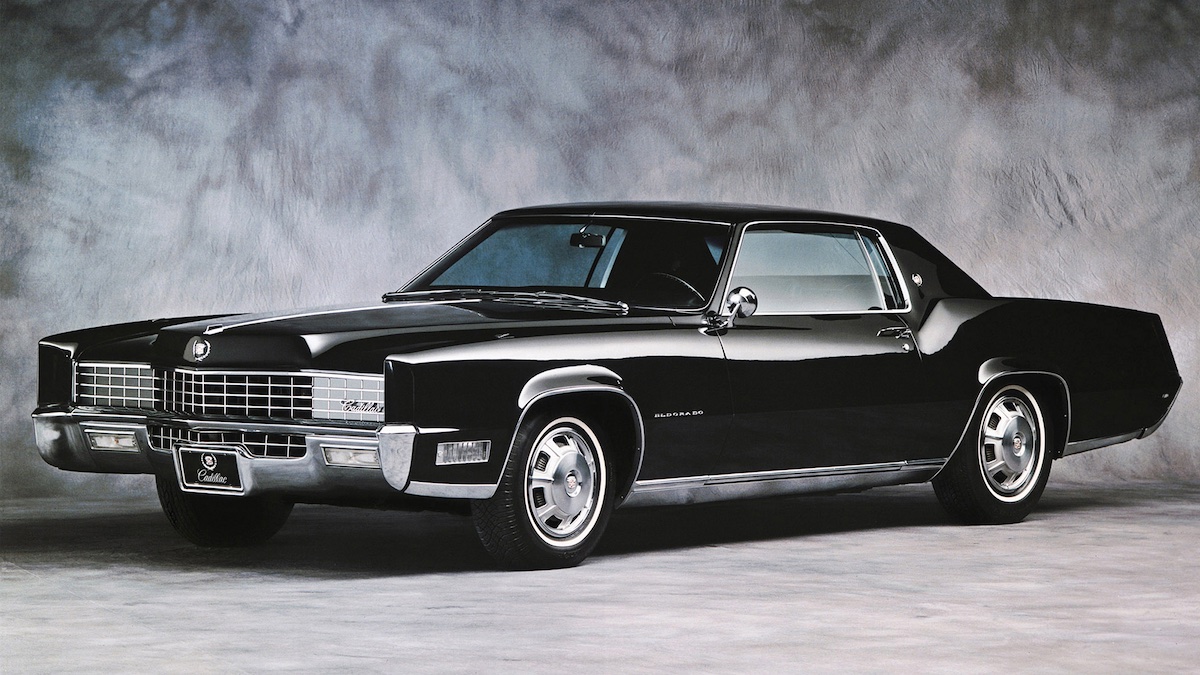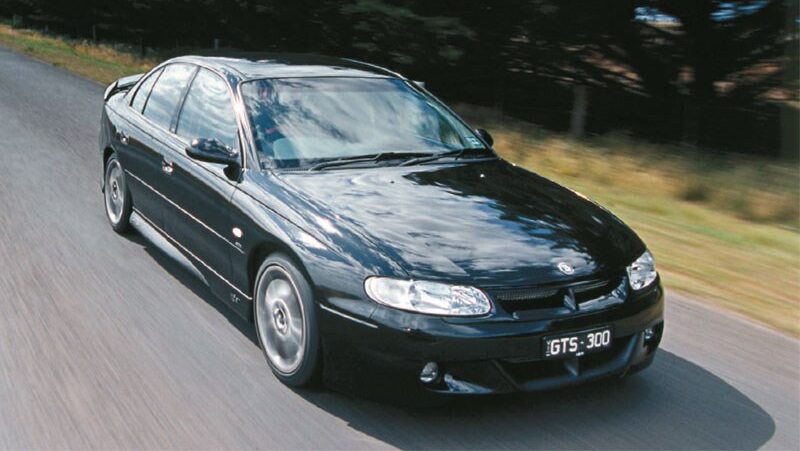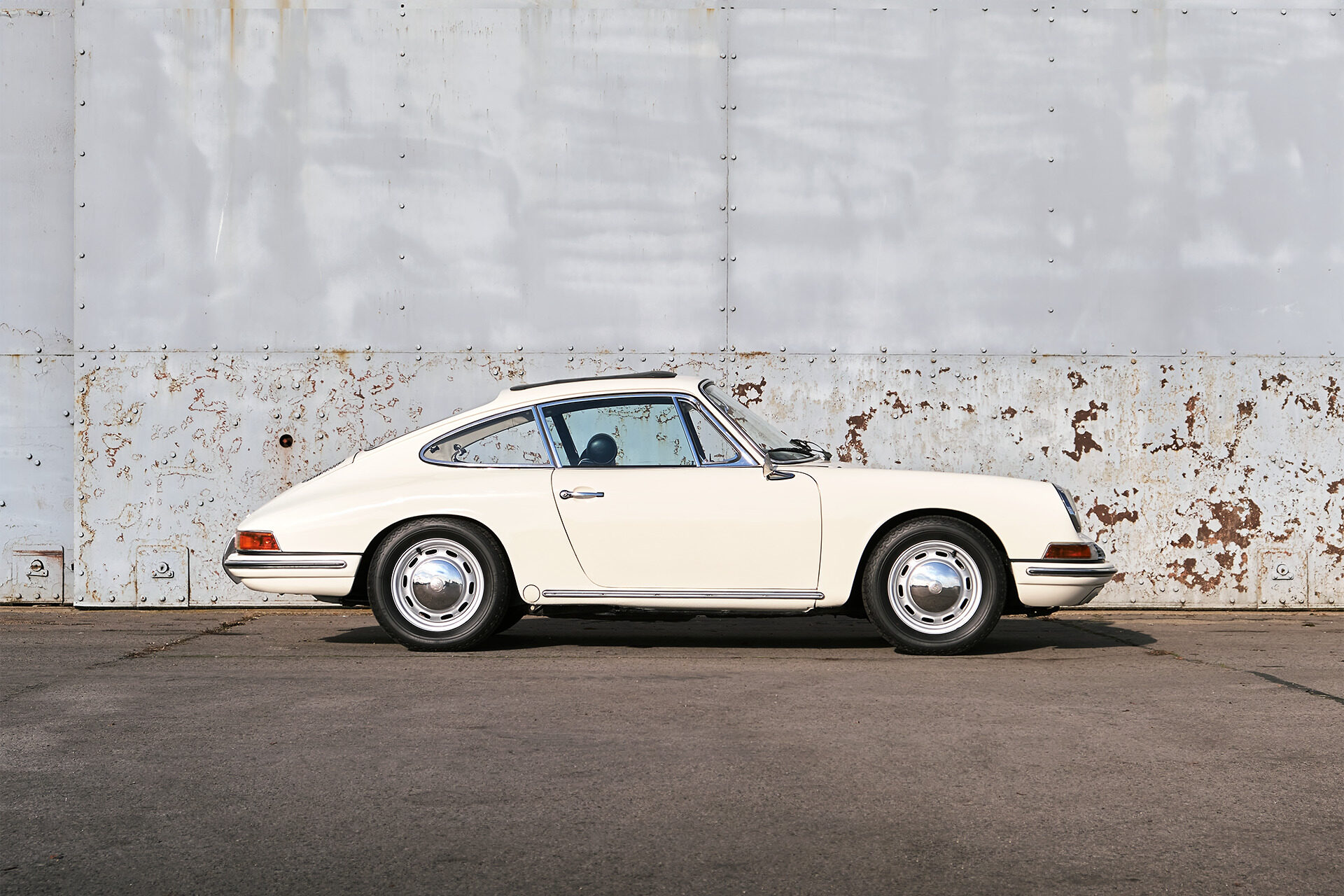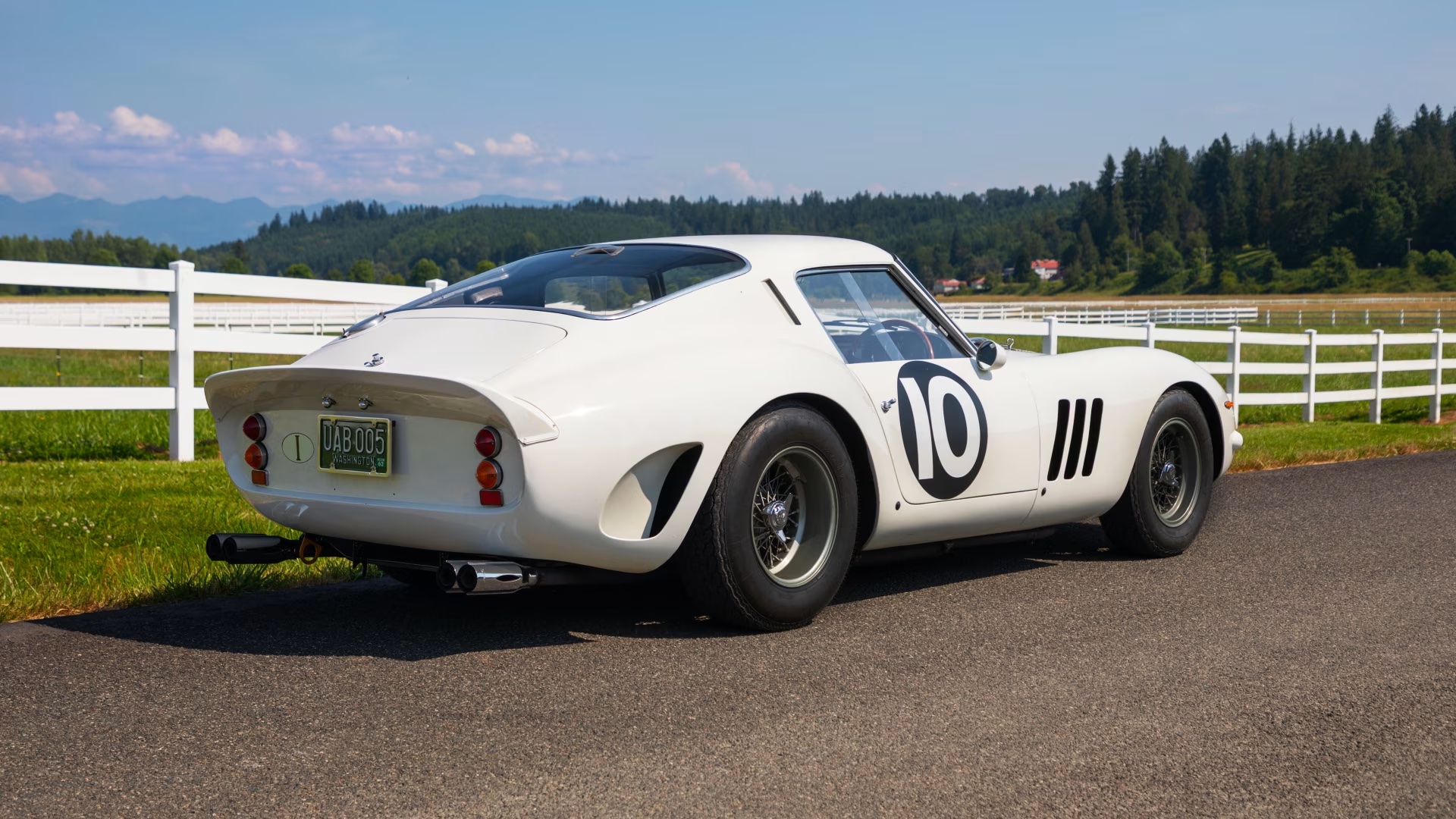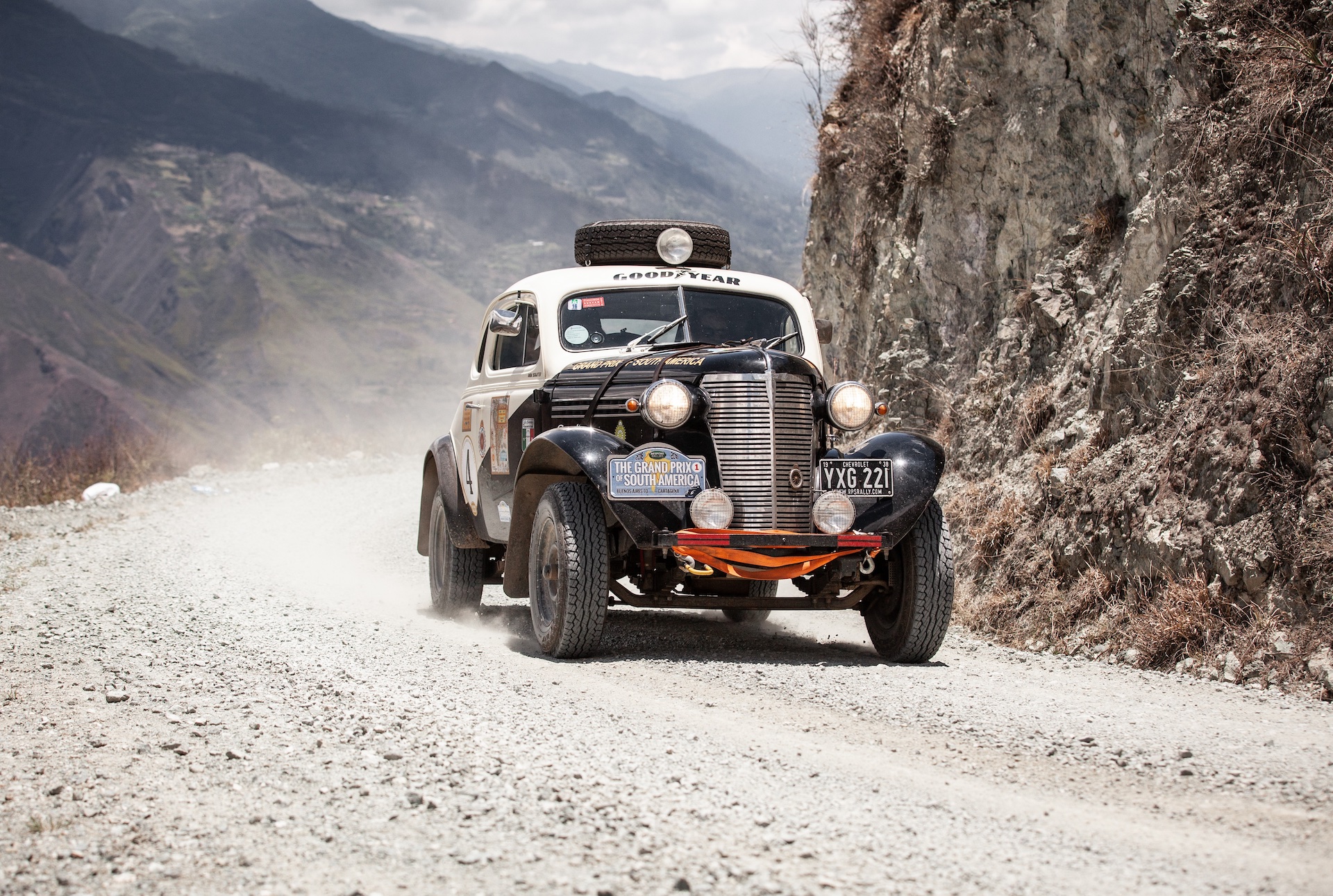At around the same time as BMC was rolling out its compact, front-wheel drive Mini, General Motors was working on a design that would bring the same drivetrain to vehicles at the opposite end of the size spectrum to the Mini.
The eighth-generation Cadillac Eldorado was radically redesigned as a front-wheel drive hardtop coupe, sharing its E-Platform underpinnings with other early examples of its new personal luxury car classification, including the second-generation Buick Riviera and the first-generation Oldsmobile Toronado, both of which had been introduced the previous year.
Crucial to the viability of GM’s first front-wheel drive Cadillac was a feat of engineering known as the ‘Unitized Powerplant Package’ (UPP). This new drivetrain was designed during the 1950s and integrated the engine, transmission, and differential into a single, compact unit, that took up roughly the same space as a conventional engine.
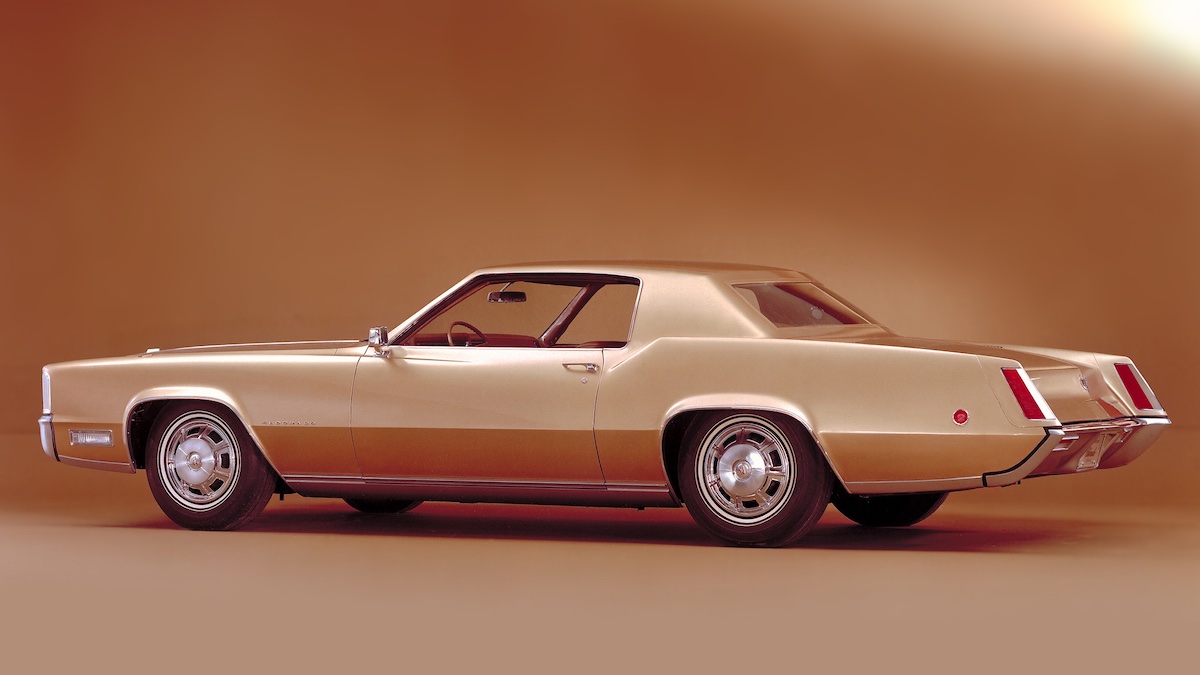
The design allowed for a front-wheel drive layout without significantly increasing the overall vehicle size or compromising space within the passenger compartment.
Oldsmobile was the first to reach production with a UPP design and response from the market was encouraging, with over 60,000 Toronados sold in the model’s first two years,
Cadillac hadn’t produced an Eldorado of any note since the 1950s and needed a striking design to accompany its flirtation with front-wheel drive. It got just that in the shape of the all-new Fleetwood Eldorado Sport Coupe that appeared at the end of 1967.
Looking more angular and sophisticated than the Toronado, Cadillac’s new car was distinguished by hidden headlights and sharp-edged panels. Being a Cadillac, it needed to be powered by one of the brand’s own engines, leading to the 429-cubic inch V8 being significantly modified to mate with an equally altered version of the three-speed Turbo-Hydramatic transmission.
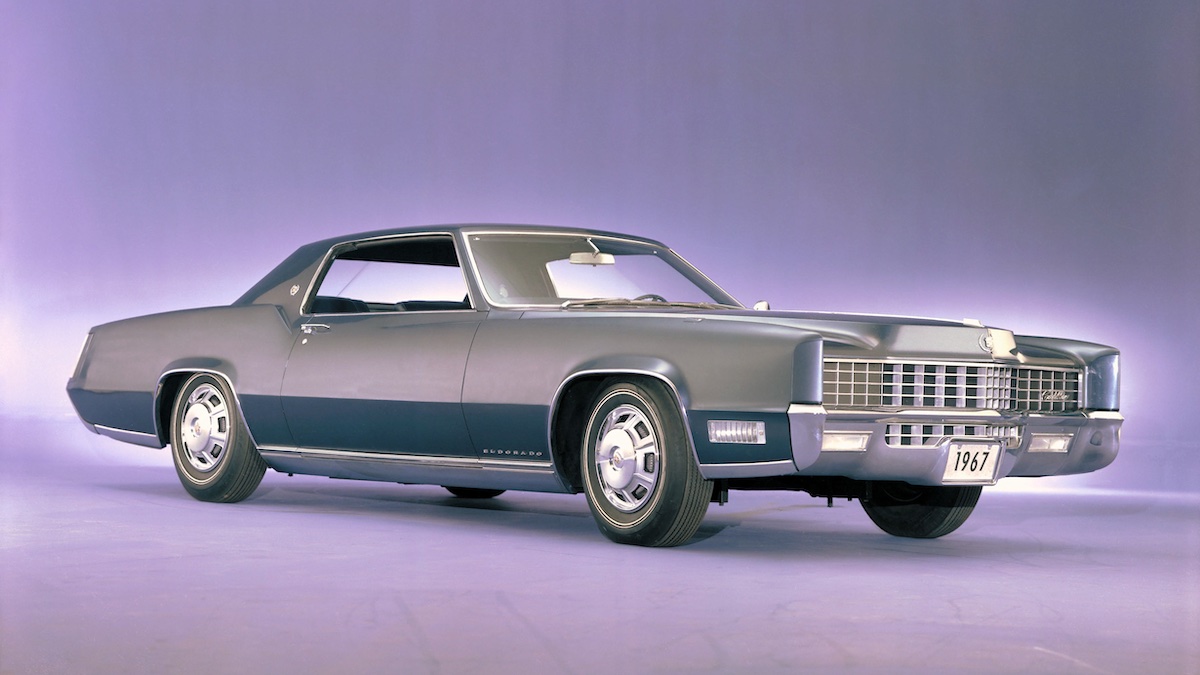
Unlike other contemporary Cadillacs, the Eldorado front suspension used torsion bars in place of coils, with double-jointed drive-shafts forming part of the suspension geometry. Early versions had single leaf springs at the back, supported by horizontal and vertically acting shock absorbers. The leaves were replaced in 1971 by conventional coil springs.
Despite weighing 2.2-tonnes, the FWD Eldorado initially used all-drum brakes with front discs an option. By 1976, discs front and rear had become standard.
For 1968, Cadillac introduced a new 7.7-litre engine with 280kW that would allegedly push the Eldorado to a top speed of 215km/h.
More change came in 1970 when the 7.7-litre V8 was stroked to a sensational 8.2 litres (500 cubic inches) and a claimed output of 298kW. Times in the US motor industry were changing, though, and output would decline in 1973 to 156kW once the compression ratio was reduced and emission controls mandated.
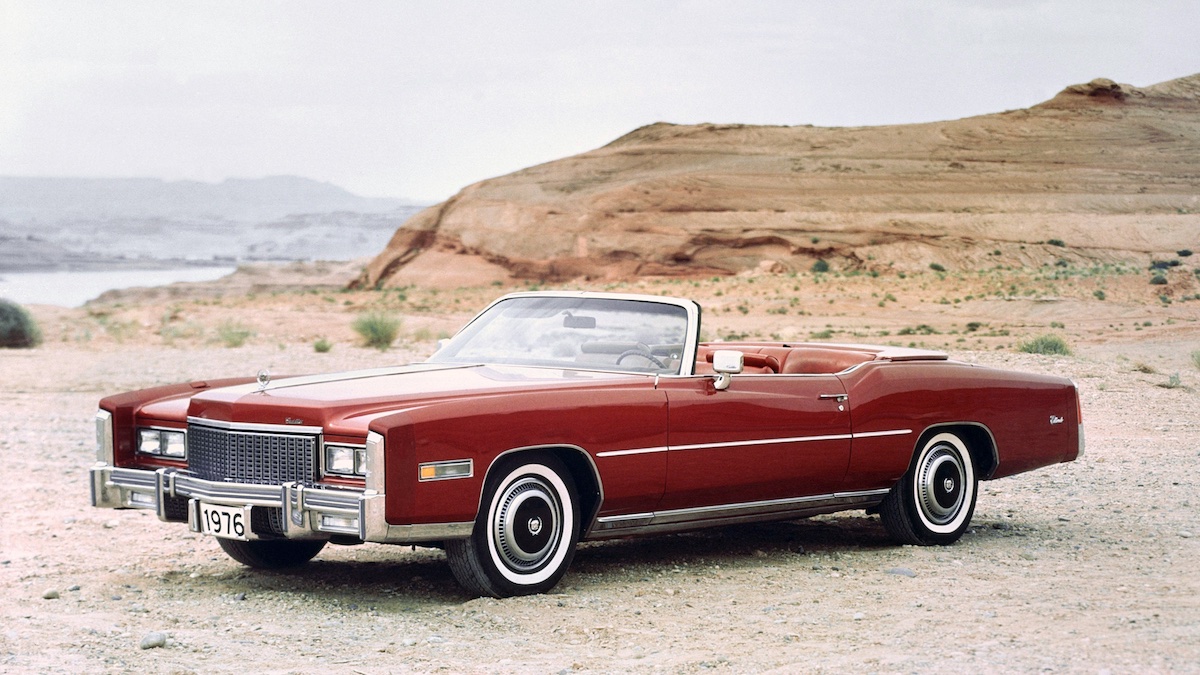
One legislative threat that didn’t manifest was a proposed ban on US sale of open-topped cars, but Cadillac still made no secret of its plan to limit the lifespan of the open-top Eldorado it had introduced in 1971. The company even advertised the 1976 model as the ‘Last American Convertible’.
By the mid-1970s even Cadillac buyers were conscious of fuel costs and a 1975 restyle downplayed the Eldo’s bulky appearance. The shape was now dominated by a new grille and bumpers, with reshaped wheel arches and roofline alterations, but the car was no smaller or lighter. Coupes built for 1976 still weighed 2.3 tonnes and performance suffered when the 8.2-litre motor was replaced by a less-powerful 7.0-litre. Even then, fuel consumption figures struggled to stay below 20L/100km.
Coupes built from 1967-70 are generally the most expensive FWD Eldorados, with high-quality cars able to reach $45,000. That figure might be matched by a later Biarritz or Bicentennial convertible, but these are scarce in Australia.
1970s coupes start at $10,000 but expect at that level a car that is still LHD and needing significant cosmetic and mechanical attention. In excellent condition these can reach $30,000 with convertibles 25 percent more expensive.

Things To Watch Out For When Buying A Used Cadillac Eldorado (1967-78)
- Watch the top being operated, checking if the mechanism binds and for fabric damage. Also check the heated rear window has no cracks.
- Underbody rust, especially to suspension mounting points.
- Check from above and below for engine oil, coolant and fuel leaks.
- Transmission shuddering on downshifts and slow to respond to kickdown.
- Right-hand drive conversions must be engineer-approved or checked to ensure they conform to current requirements.
- Ensure the air-conditioning delivers air that is chilled not just cool and the battery has sufficient capacity to operate accessories with the engine off.
Valuation Timeline: Cadillac Eldorado (1967-78)
- 1995: $17,000
- 2005: $25,000
- 2010: $22,000
- 2014: $27,000
- 2020: $40,000
- 2025: $36,000 (1971-76 Convertible)
Retro Rides’ Investment Rating
- 5/10



